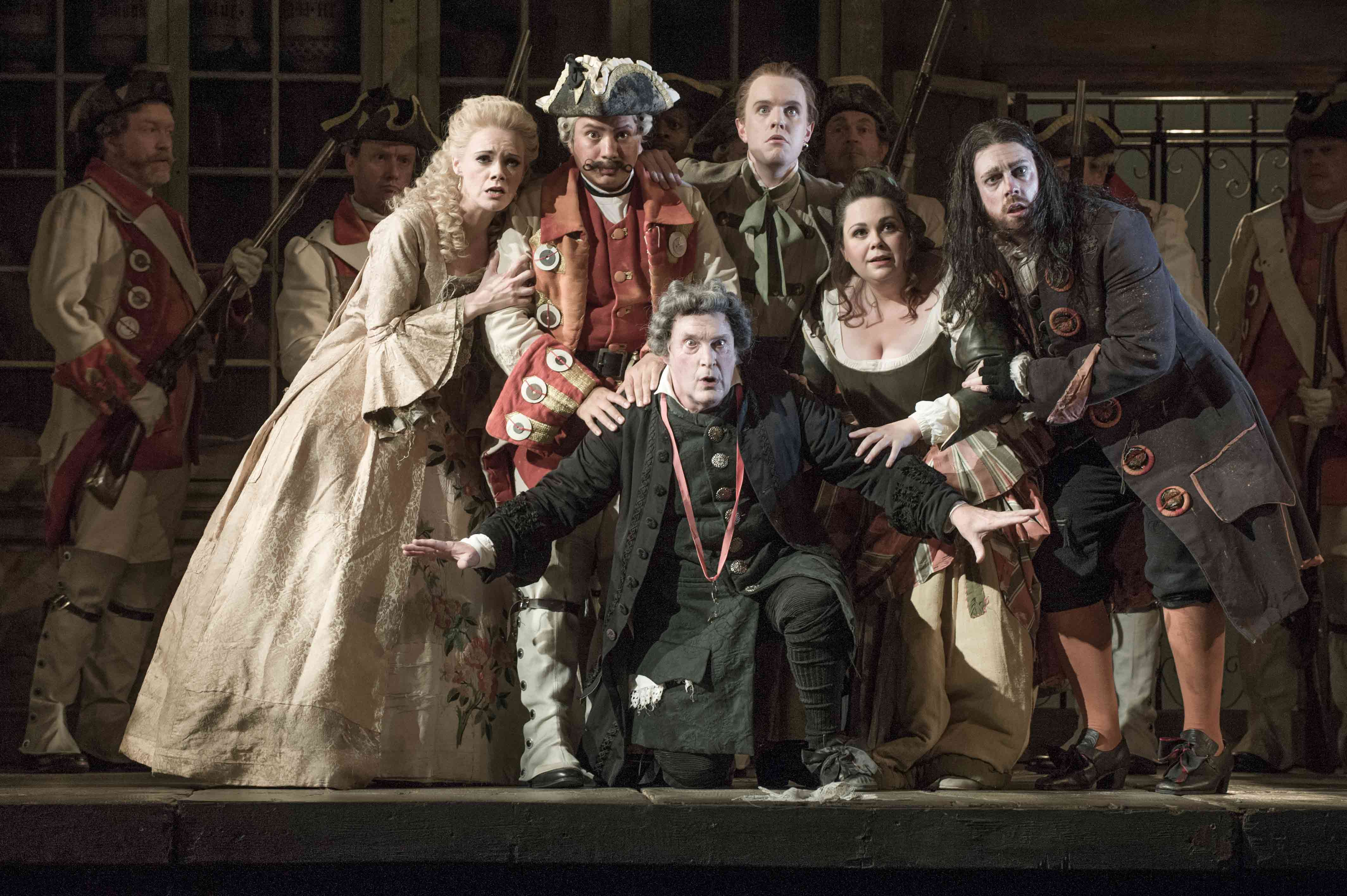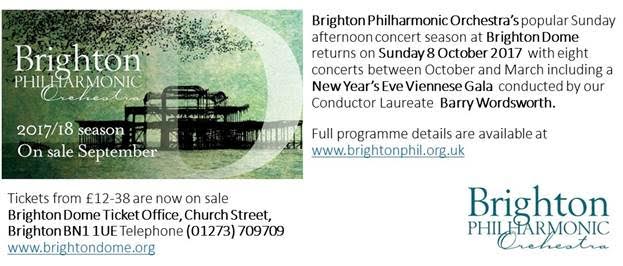Royal Albert Hall, Friday 8 September 2017
As always on the penultimate night of the world’s biggest classical music festival, the atmosphere in the Royal Albert Hall was up several notches as the capacity audience settled down and the Vienna Philharmonic filed in.
Michael Tilson Thomas (how like the fondly remembered Otto Klemperer he begins to look – same sort of charisma too) made sure we heard lush precision in Brahms’ Variations on the St Anthony Chorale. The woodwind section players were almost dancing by the time we got to the vivace in Variation 5. It’s a fine work to begin a concert with because the score (not that TilsonThomas was using one) provides so much for everyone to do. It’s almost as much of showcase for instruments as is Britten’s Variations and Fugue on a theme of Purcell aka TheYoung Person’s Guide to the Orchestra.
Then, the orchestra was slimmed down for Mozart’s piano concerto No 14 in E flat major, K449. Written in 1784 in Vienna this elegant, if shortish, work is an apt choice for a VPO concert although it isn’t one of Mozart’s most familiar concerti. Emmanuel Ax was an unshowy soloist who played Mozart’s own cadenzas with authority and lightness of touch. The dialogue between piano and orchestra, especially in the andantino middle movement was nicely balanced and it’s good to see Ax so engaged with the orchestra that he was virtually conducting from his piano stool when he wasn’t playing himself.
The advertised part of this fine concert ended with Beethoven’s Symphony No 7, as glorious and joyful as ever. Tilson Thomas’s interpretation, however, is more grandiose than frothy. His tempi, in the first three movements are gentle. He spares us those ultra-fashionable Norrington-esque hurtles in pursuit of Beethoven’s original metromome markings. The result? You could hear every delightful detail in the texture including lots of fine flute work, strong contrast between brass interjections and woodwind rejoinders along with the rich, but spirited string sound for which the VPO is famous. He gave us plenty of speed and lots of the prescribed brio in the allegro to round off a pretty splendid account of a popular work which manages never to sound hackneyed. I do wonder, though, about the wisdom of lining up horns and trumpets, five big steps above the strings. It means they can see and be seem, obviously. But it also means that you can hear their parts so clearly it’s as if you’re reading their music and sometimes it’s obtrusive rather than blended into the sound.
Tilson Thomas introduced the encore On Hearing the first Cuckoo in Spring as “a piece you will all know very well” – a hint that he, an American, and the VPO do not. In fact I discovered afterwards that the orchestra had never played it before. Well of course Delius is a long way from Brahms, Mozart and Beethoven in terms of both time and place but the VPO played it with tender respect and it was a fitting end to a most enjoyable concert.
Lovely to see the VPO in London again, by the way. This time I counted seven women players: four second violins, one first violin and two cellos. Things are gradually equalising but they still have a way to go. I’m sure there are plenty of eager, talented female brass and woodwind players in Austria and elsewhere just waiting for a break …
SE


